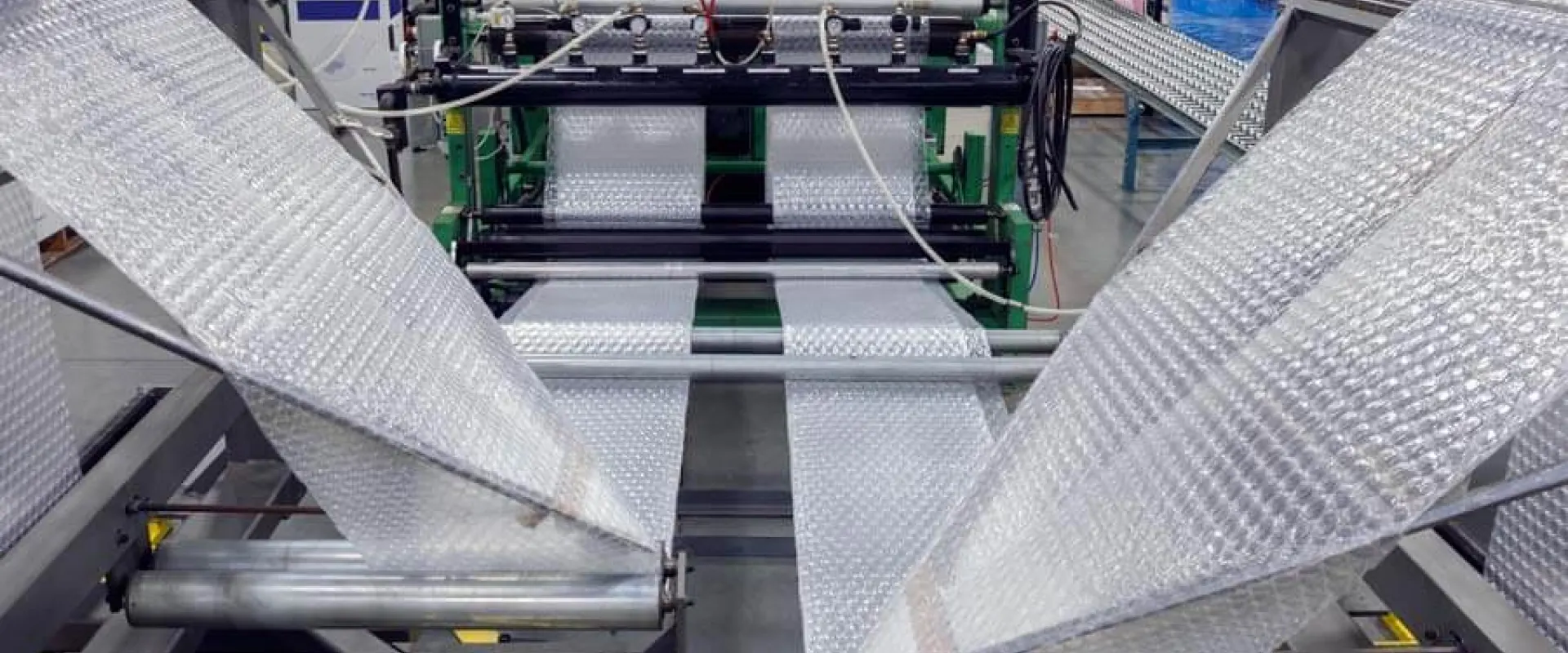Bubble wrap has been a staple in packaging for decades, offering excellent protection for fragile items during shipping and storage. However, the production and disposal of bubble wrap raise important environmental concerns. Understanding these impacts is crucial for making informed decisions about packaging materials and their environmental footprint.
Understanding Bubble Wrap Production
Bubble wrap is primarily made from polyethylene, a type of plastic derived from petroleum. The production of bubble wrap involves several steps, including polymerization, extrusion, and bubble formation. Each of these steps has environmental implications:
- Raw Material Extraction: Polyethylene is produced from crude oil, a non-renewable resource. The extraction and processing of oil contribute to environmental degradation, including habitat destruction and pollution.
- Manufacturing Process: The production of polyethylene involves energy-intensive processes that release greenhouse gases. Additionally, chemicals used in the manufacturing process can lead to environmental contamination if not properly managed.
- Transportation: The transportation of raw materials and finished bubble wrap products adds to the carbon footprint. Packaging materials must be transported from manufacturing sites to distribution centers, increasing greenhouse gas emissions.
Environmental Impacts of Bubble Wrap
- Waste Generation: Bubble wrap is typically used once and then discarded, contributing to significant waste in landfills. While it can be recycled, the recycling rate for bubble wrap remains low compared to other materials like paper and cardboard.
- Non-Biodegradability: Bubble wrap is made from plastic that does not biodegrade easily. Instead, it breaks down into smaller microplastics, which can persist in the environment and pose risks to wildlife.
- Recycling Challenges: Although bubble wrap can be recycled, it is often not accepted by curbside recycling programs. Specialized facilities are required to handle plastic films, and not all areas have access to such facilities.
- Microplastic Pollution: As bubble wrap breaks down, it releases microplastics into the environment. These tiny plastic particles can contaminate soil and waterways, impacting ecosystems and wildlife.
Sustainable Alternatives and Solutions
- Recycled Bubble Wrap: Some manufacturers produce bubble wrap from recycled materials, reducing the need for virgin plastic and lessening the environmental impact.
- Biodegradable Options: Advances in technology have led to the development of biodegradable bubble wrap alternatives made from materials like cornstarch or other plant-based polymers. These options break down more quickly in composting environments.
- Recycling Programs: Encouraging the use of specialized recycling programs for plastic films can help improve the recycling rates of bubble wrap and reduce waste.
- Alternative Packaging Materials: Exploring alternatives such as paper-based cushioning, biodegradable packing peanuts, or reusable packing materials can further reduce environmental impact.
Conclusion: Find the Right Bubble Wrap for Your Needs at NTXSupply.com
Understanding the environmental impact of bubble wrap production highlights the importance of choosing sustainable packaging options. At NTX Supply, you can find a range of bubble wrap solutions, including eco-friendly and recycled options. Visit NTXSupply.com to explore our selection and find the right bubble wrap to meet your packaging needs while considering environmental impact.

